You never know when disaster might strike. If there is an emergency in your area, you need to make sure that you are prepared in every way. Being prepared simply means being ready or equipped with all the supplies that you may need in case there is a disaster or emergency.
The best thing to do is to store your supplies in an emergency preparedness kit that is easy to carry and it should be one that you can take with you in case you need to evacuate or use at home.
If an emergency takes place in your community, it may take some time for emergency workers to reach you. You should ensure that you are prepared to take care of yourself as well as your family for a minimum of 72 hours. Contrary to what you may think, it is quite quick and easy to become better prepared to face a wide range of emergency situations – anytime, anywhere.
Although various disasters can have similar consequences, knowing the types of risks that your region is more prone to, can help you prepare in a better way. There can be hazards such as floods in some areas, blizzards in others as well as earthquakes, tornadoes, and so on.
Apart from natural disasters, there are a number of other risks such as power outages as well as transportation or industrial accidents. Learn as much as you can about disasters, including those triggered by natural hazards, conflict (ISIS, which rose to power in 2012 and spread in 2013 and 2014 and so on) or technological hazards. This will ensure that you can prepare properly for any disaster that might hit your area.
No matter where you live, every household should have an emergency plan. It will help you and your family know exactly what you need to do in case there is an emergency. All it takes is about 20 minutes for you to make a plan. Firstly, keep in mind that your family may not be together when an emergency situation strikes. Plan how you can contact or meet one another and discuss what you would do in a variety of situations.
Make sure every member of your family has a copy of the plan and that it is kept in easy-to-remember places, like with your emergency kit. Keep an electronic version of your emergency plan on your computer as well. Also, make sure that you plan for specific risks as well, such as floods, earthquakes, severe storms, and power outages.
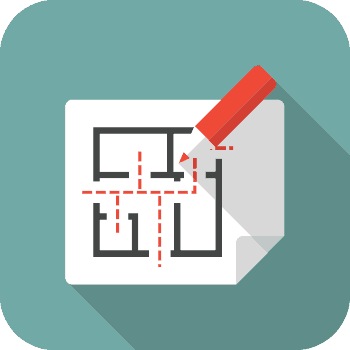
Another vital step to take is to make sure that you are emergency ready is to draw up a plan of your home that shows all the possible exits that are there in each room. If you live in an apartment, you should plan to use the stairs and not the elevator/s.
If you cannot use the stairs, you should make it a point to notify emergency personnel in advance. Identify safe places where everyone should meet in case you need to evacuate or you are unable to go home. Additionally, identifying an evacuation route from your neighborhood is another essential item you need to take in case you need to leave in a rush. If possible, try to think of several options.

It is crucial to work with the people in your neighborhood to identify those who may need extra help when there is an emergency. To help make sure that everyone is taken care of properly, a fantastic idea is to assign “block buddies.” Your community should work closely together so that all the people in your neighborhood get help, especially the ones who have not prepared the way you have.
You should remember to update your emergency plan one year from now – write a reminder. The next year, when you update your plan, practice your emergency evacuation plan with your family, review your contact information, change the batteries in your carbon monoxide detector and smoke alarm and restock your kit/kits. Also, remember to change the food, water, and batteries once every year.
A disaster supplies kit is a collection of basic items that you and your family may need in case of an emergency. It is fundamental to try and build your kit well in advance of an emergency situation. Evacuating your home at a moment’s notice may be required and you will need to take essentials with you. It is more than likely that you will not have time to search or shop for the essential supplies you will need.
After an emergency, you may need to survive on your own for a while. This means that you should have enough of your own food, water, and other supplies to last at least 72 hours. You do not need to build a fantastic fallout shelter like that guy outside of LA did in the show 24, Day 2. You certainly do not need to lie to people either to get them to remain with you!
Relief workers and local officials will be available on the scene after a disaster, but the truth is that they may not be able to reach everyone stranded immediately. It may take hours, or even days, for you to get help.
Additionally, basic services such as water, electricity, gas, telephones, and sewage treatment may be cut off for a few days or even a week, or longer. Your emergency kit should contain supplies that will help you manage and persist during outages like these.
When you are building a basic disaster supplies kit, you should keep in mind that it should include the following recommended items:
- Water – Your kit should have one gallon of water per day per person for at least 3 days, both for drinking as well as sanitation.
- Food – Make sure that your kit contains at least a 3 to 4 day supply of non-perishable foods.
- Hand-crank or battery-powered radio as well as a NOAA Weather Radio that has a tone alert plus extra batteries that you can use for both of these items.
- First aid kit
- Flashlight – And always make sure that you have extra batteries
- Dust masks for you and every member of your family to help in filtering contaminated air
- Whistle to signal for help in case of crisis
- Plastic sheeting and duct tape to make a temporary shelter that stays in place
- Garbage bags, plastic ties, and moist towelettes for personal sanitation
- Pliers and wrench to turn off utilities
- A good survival knife and a multi-tool
- Manual opener for your supply of canned foods
- Cell phone with chargers, solar charger, or inverter

Once you have collected the supplies for your basic emergency kit and completed building it, you may want to consider adding a few other items including:
- Prescription medications and glasses
- Pet food and extra water for your pet/pets
- Instant formula and diapers
- Travelers check or cash and change
- Emergency reference material such as a comprehensive first aid book
- Complete change of clothing including long pants, long-sleeved shirt, and sturdy shoes. Again, if you are in an area with cold climate, consider additional clothing.
- Sleeping bag or warm blanket for everyone. If the climate is cold, you should definitely consider additional bedding.
- Fire extinguisher
- Household chlorine bleach and medicine dropper. You can make a disinfectant by mixing 9 parts water to 1 part bleach. Or if you are in an emergency situation, you can use it to treat water by adding 16 to 20 drops of household liquid bleach to a bucket containing 1 gallon of water. It is poignant to note that you should not use color safe or other variants such as scented bleaches with added cleaners.
- Important family documents such as copies of identification, insurance policies, and bank account records in a portable container that is waterproof. These are crucial documents that you should save in the case of disasters.
- Matches in a waterproof container
- Mess kits, plates, paper cups, plastic utensils, and paper towels
- Personal hygiene items and feminine supplies
- Paper and pencil
- Books, puzzles, games as well as other activities for children
- A firearm so you can protect your family from looters, panicked people, human and animal threats
In any disaster or emergency, you or a member of your family may suffer an injury. Having basic first aid supplies could make you better prepared to help your loved ones when they get hurt. Knowing how to treat minor injuries can make a lot of difference when you are in an emergency situation. You might consider enrolling in a first aid class, but simply having the following items can help you prevent infection, stop the bleeding, and aid in decontamination.
- Two pairs of latex gloves, or any other sterile gloves if you have an allergy to latex
- Soap/cleansing agent and antibiotic towelettes
- Sterile dressings to stop bleeding
- Burn ointment
- Antibiotic ointment
- Adhesive bandages in various sizes
- Thermometer
- Eye wash solution to use for flushing the eyes or as a general decontaminant
- Prescription medications that you are required to take daily such as insulin, asthma inhalers, and heart medicine. Make sure that you periodically rotate medications, so that you can account for expiration dates.
- Prescribed medical supplies such as blood pressure monitoring equipment and supplies, glucose, and so forth.
There are also critical non-prescription medications that you should include in your disaster kit, such as:
- Anti-diarrhea medication
- Aspirin or non-aspirin pain relievers
- Laxative
- Antacid
Other items you may need to include among your first aid supplies include:
- Scissors
- Tweezers
- Tube of petroleum jelly or any other lubricant
When you are building your emergency supply or disaster kit and family emergency plan, you need to keep the unique needs of the members of your family in mind, including those of growing children. If you have a baby in your family, make sure that you include items such as:
- Diapers
- Formula
- Powdered milk
- Bottles
- Medications
- Moist towelettes
- Diaper rash ointment
For adults, you need to remember:
- Contact lenses and supplies
- Extra eye glasses
- Denture needs
A basic facet to remember is to ask your doctor about the storage of prescription medications such as high blood pressure and heart medications, insulin, and various other prescription drugs. You may need to take special care when storing them for disaster or emergency situations, so you should discuss this necessary topic with your physician and find out the best ways to store them.
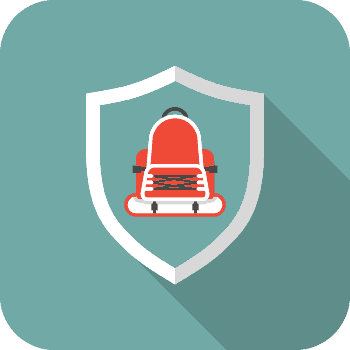
As astute as building your disaster kit with the right supplies is, maintaining them is crucial as well. It ensures that they are safe to use when you need to use them. Here are some sagacious tips to make sure that you keep your supplies ready and in suitable condition.
- Always keep your canned foods in a cool, dry place.
- Use tightly closed metal or plastic containers to store boxed foods so that you can extend their shelf life and also protect them from a number of different pests.
- If any canned food becomes dented, corroded or swollen, make sure that you throw them out.
- Always check the expiration dates on water, food, batteries and medicines at least two times a year. It is extremely critical to make sure that all the items you have stored in your kit are functional at the time of the disaster or emergency.
- Always use foods before they go bad and have them replaced with fresh supplies.
- Always make sure that you store new items at the back of the storage space and the older ones in front.
- Make sure that you change stored supplies of food and water every 6 months. Also, always write down the date you store it on all of the containers.
- Rethinking your requirements every year is judicious and keep your kit up-to-date as the needs of your family change.
Last but not least, always store all items, perishable or otherwise in airtight plastic bags and put your entire disaster supplies kit in containers that are easy to carry, like a camping backpack, an unused trash can, or a duffel bag.
Working as a team and preparing in advance with your entire family, including the kids, can make emergency situations a lot less stressful. You should get your children involved in the preparation process – it will make them feel content and also teach them what they can do during a disaster or emergency situation.
- Ask your kids to come up with things that they would like to include in the disaster kit, such as games, books, and pre-packaged foods.
- Give them the responsibility of marking the dates on a calendar for checking emergency supplies. Ask them to remind you when the time comes for checking the supplies.
- Let the kids participate in the planning and building process of disaster kits for the family pets.
When disaster strikes, there can be chaos. It could be difficult to remember what you need to take before evacuating the area. Being prepared by building a disaster supplies kit is one of the best ways to make sure that you and your family have everything you need to survive until you are rescued, the road is reopened so you can reach a supermarket, and so on.
Always keep in mind that emergencies can take place at any time, any place, so you should make sure you have supplies for home, work, and vehicles prepared and ready.
Additional Resources:
- Emergency Preparedness and Response
- The 10 Things You Need to Have in Your Disaster Emergency Kit
- The Ultimate First Aid Treatment to Common Home Injuries
- How to Pack an Emergency Kit for the House
- Get a Kit – American Red Cross
- 72 Hour Pack: Emergency Kit & How to Build Your Bug-out Bag
- American Disaster Preparedness: How Are We Doing?

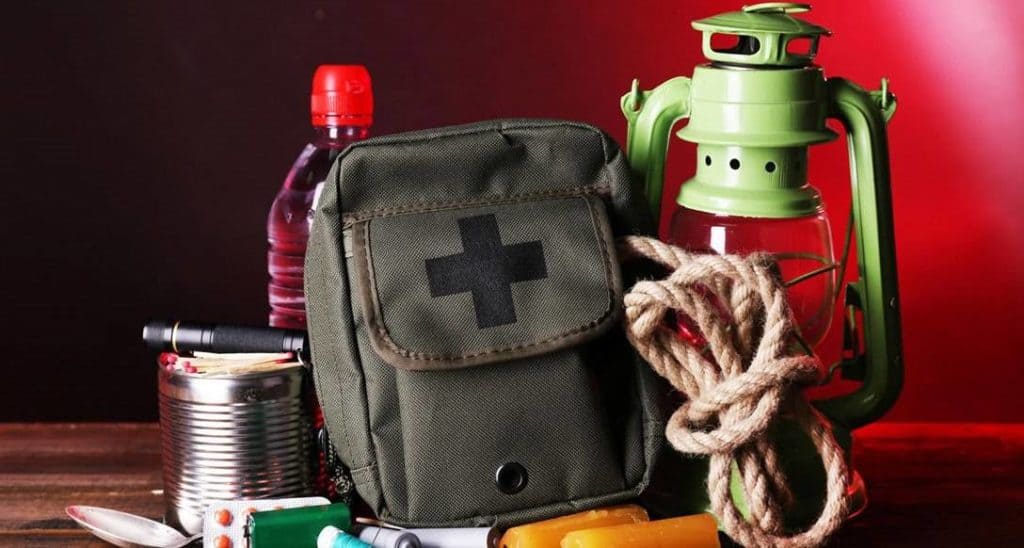
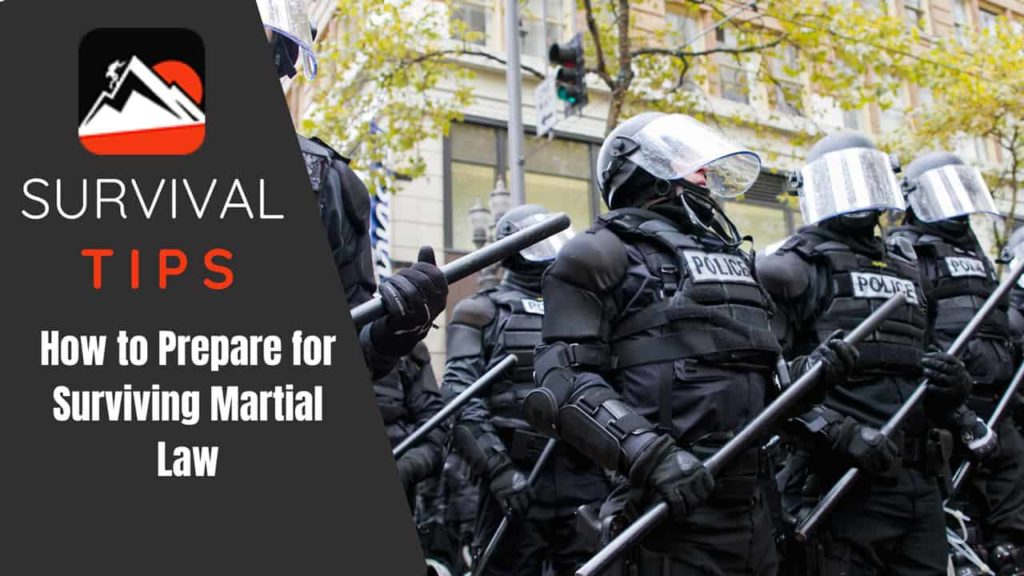
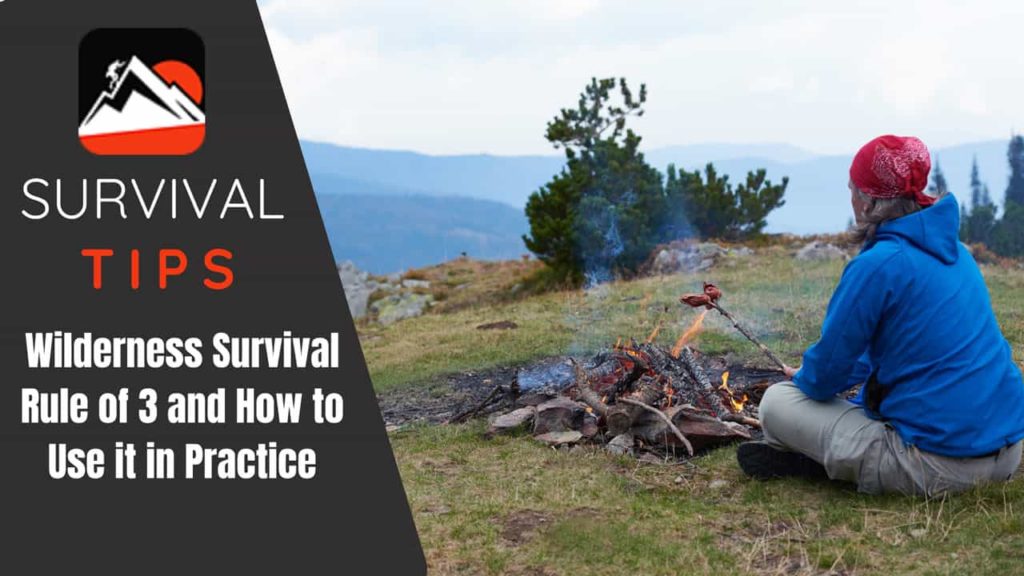
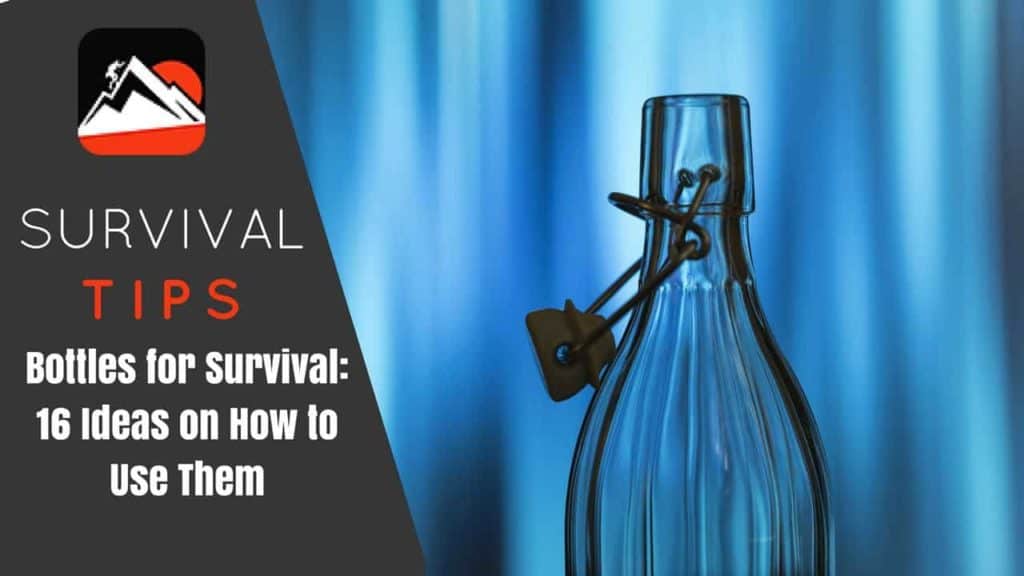
Very important as well as informative article. People know how to prepare from disasters.
We must secure a plan for emergency purposes, as we may strike with a disaster at any time. Very informative article, thanks for sharing!